Mini-LED is an exciting technology that helps bridge the gap between regular LED TVs and the much more expensive and complex OLED TVs. They work by having a ton of mini-LEDs as backlighting. The TV can then intelligently dim or brighten those mini-LEDs to darken parts of scenes to give you a higher overall contrast. It helps eliminate the occurrence of seeing gray instead of black in dark content and helps deepen shadows.

What is Mini LED? The TV display technology explained
Mini LED is among the latest and greatest display technology, but what is it, and how does it benefit you? We explain it all.Mini-LED TVs are relatively new compared to other tech on the market, but they have a lot in common with other TV tech. They're all 4K smart TVs, for example. TV makers are starting to fill the market with them, and the additions mean the consumer wins overall, but sometimes feels lost in so many options within a newer tech space. In general, they are a bit more expensive than your standard LED TVs, but our TV experts here at Pocket-lint think they are worth the investment. Let us guide you through the best mini-LED TVs on the market today.
Best mini-LED TV: Our sharpest and favorite picks
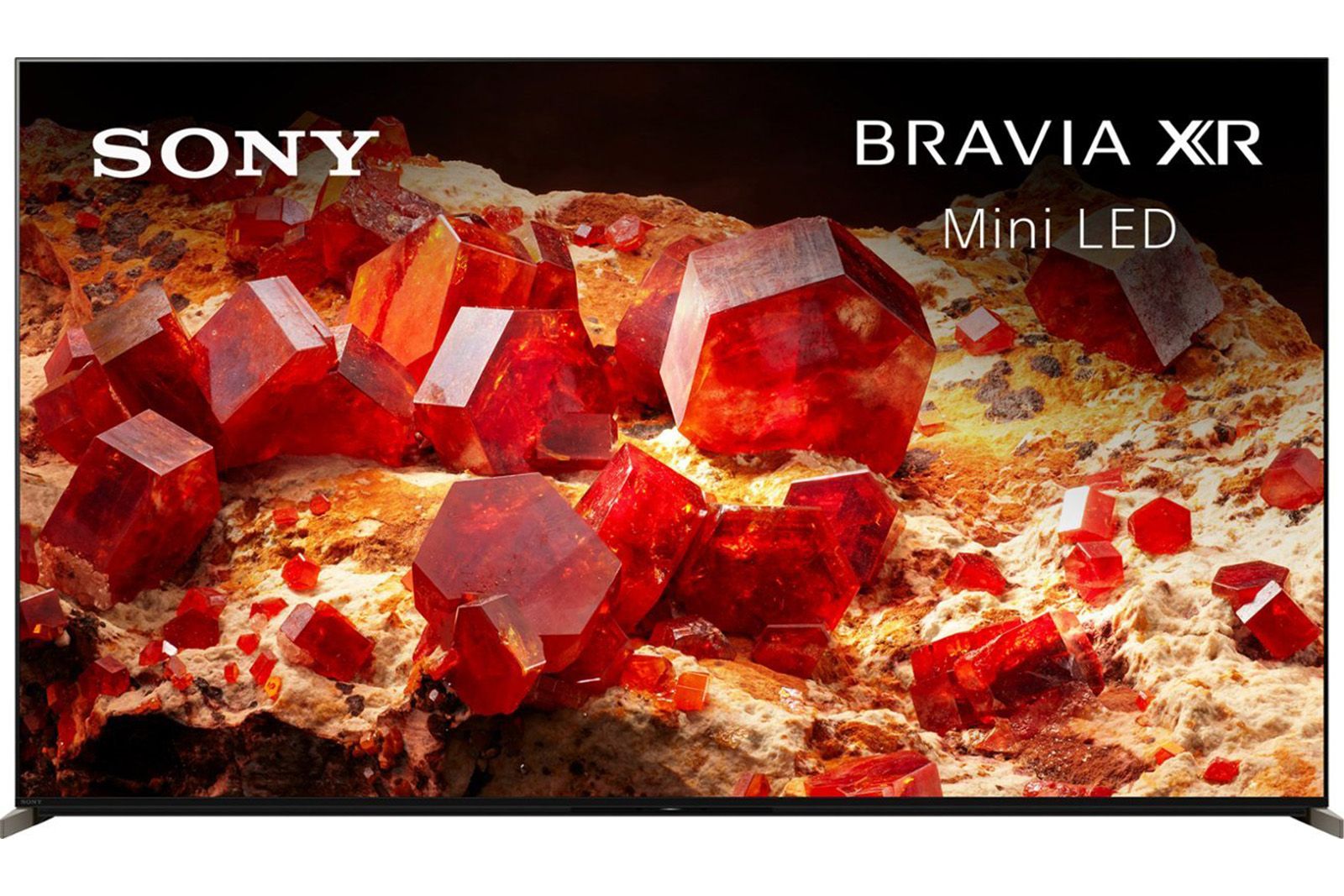
Sony Bravia XR X93L
True blacks, contrast color, and sharp images
The Sony Bravia XR X93L is an outstanding mini-LED TV. It scores high in every metric, from TV and movies to video games. The only downside to this TV is that it only comes in 65 inches or larger and has a hefty price point.
- Excellent contrast ratio, color, and brightness
- HDMI 2.1, VRR, ALLM support, and low input lag make it great for gaming
- Even the built-in speakers are reasonably decent
- Only comes in 65-inch or larger sizes
- Very expensive when not on sale
The Sony Bravia XR X93L is a great starting spot for mini-LED TV shopping. It's one of those products where you fire and forget. It has great color, contrast ratio, and brightness, which makes it great for watching any type of content in almost any type of room. In addition, its great pixel response time, low input lag, HDMI 2.1 support, and support for ALLM and VRR make it compatible with all modern game consoles.
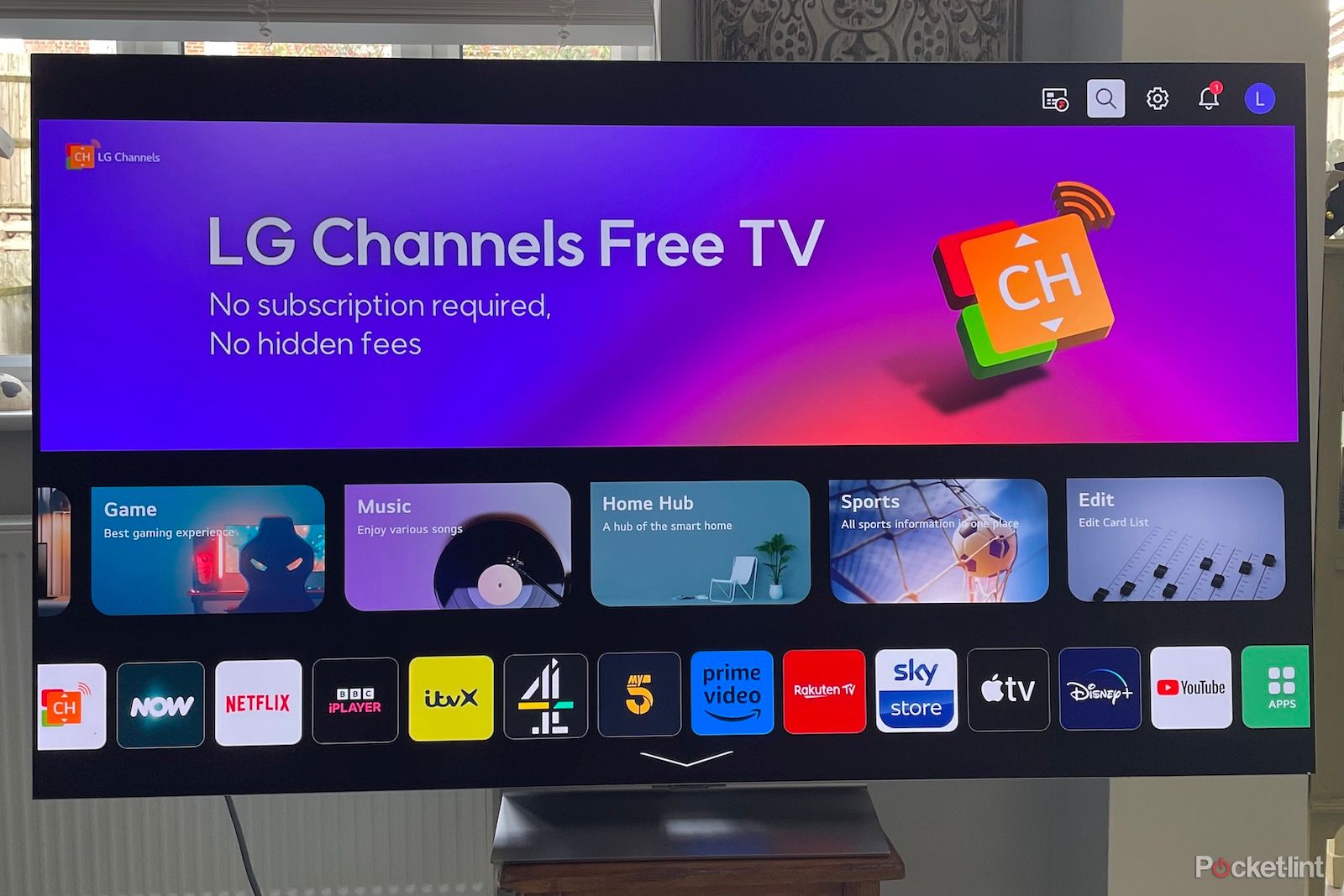
Best gaming TVs: Find a next level display
Top spec gaming TVs offer fast refresh rates and quality displays for engaging play, here are our favorite 6 picks.There really isn't much wrong with it, Sony knocked it out of the park. However, you'll pay for the privilege, as this TV is about $2,000 when not on sale for the small version, which is 65 inches. If the size is a bit too large for you or the price, we have plenty more picks below. If you decide to pick it up, we'd advise doing so when there's an active deal on it. Otherwise, we'd wait for the next sale.
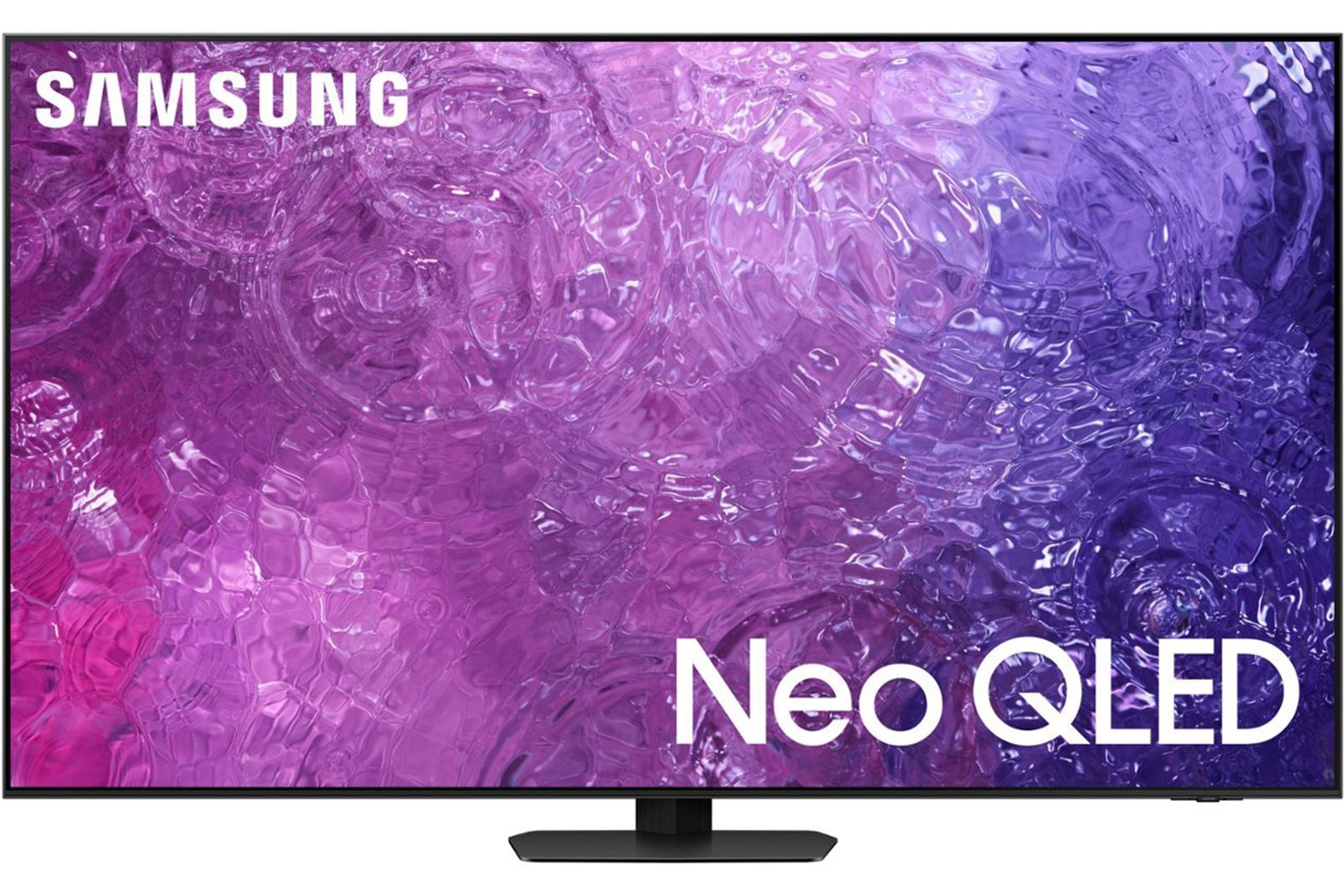
Samsung QN90C Neo QLED 4K Smart TV (2023)
Arguably the best mini-LED TV in 55 inches
The Samsung QN90C trades blows with the Sony XR X93L regarding features and performance. However, the Samsung QN90C also has smaller sizes for more modestly sized living rooms.
- Great colors, contrast ratio, and brightness
- Has all the features you need for modern game consoles
- Another all-around good TV with few weaknesses
- Still relatively expensive
- Doesn't upscale lower resolution content as well as Sony
If you need something smaller than 65 inches, then the Samsung QN90C is your next stop. It's very similar in terms of overall performance to the Sony XR X93L but also comes in 55-inch, 50-inch, and 43-inch variants, which makes it a great option for smaller living rooms, bedrooms, or offices.
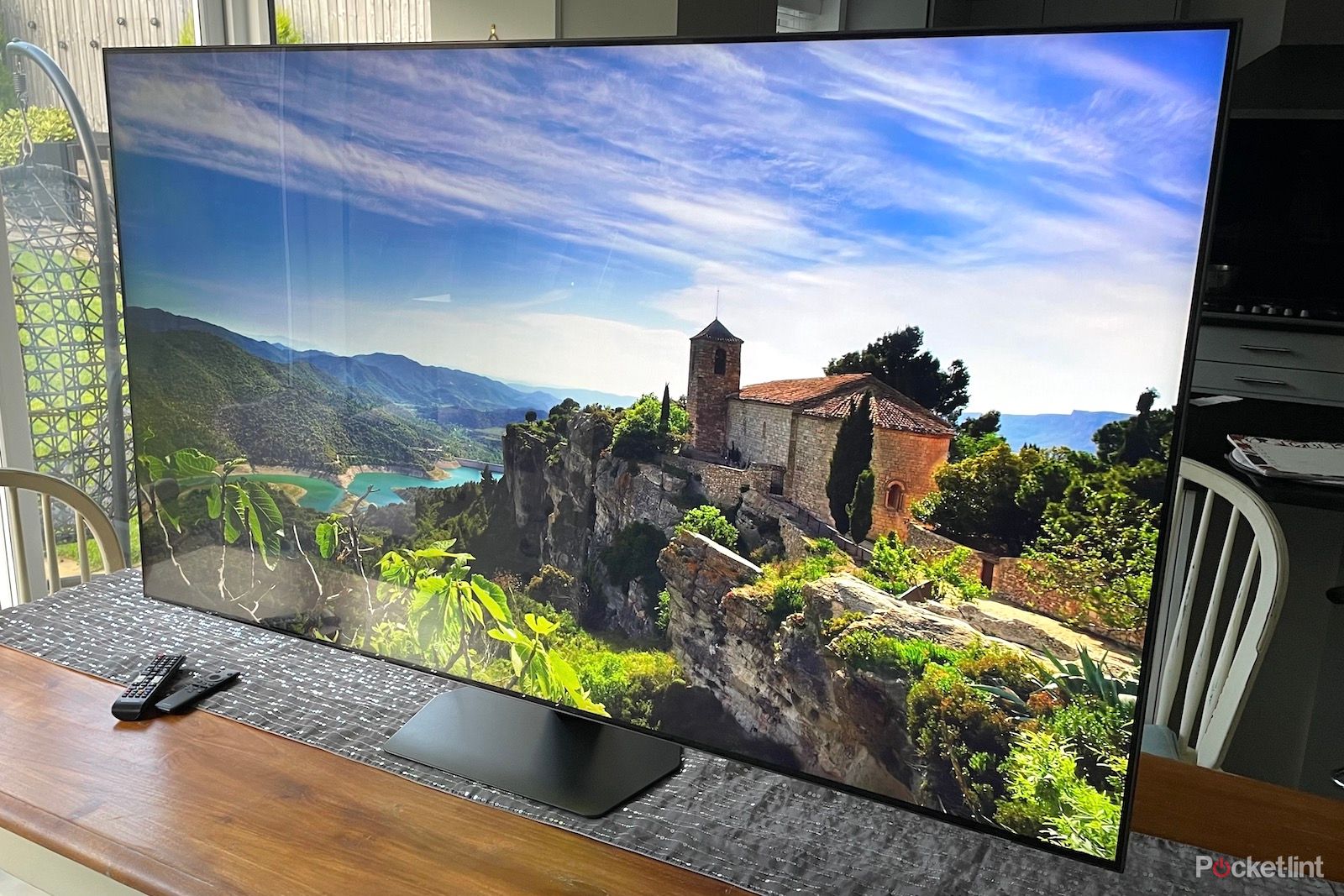
Samsung QN90C review: Bright and beautiful
Is this Samsung's value choice for near-flagship Mini LED brilliance at a much cheaper price?Plus, Samsung's software features are among the best, especially if you want a set-it-and-forget-it kind of experience. Additionally, it trades blows with the Sony Bravia XR X93L pretty well.
The Sony is better for watching TV thanks to its superior upscaling, but the Samsung QN90C is better for gaming thanks to its lower input lag and other software gaming features. However, neither is all that much better in any given area, so you literally can't go wrong with either one.
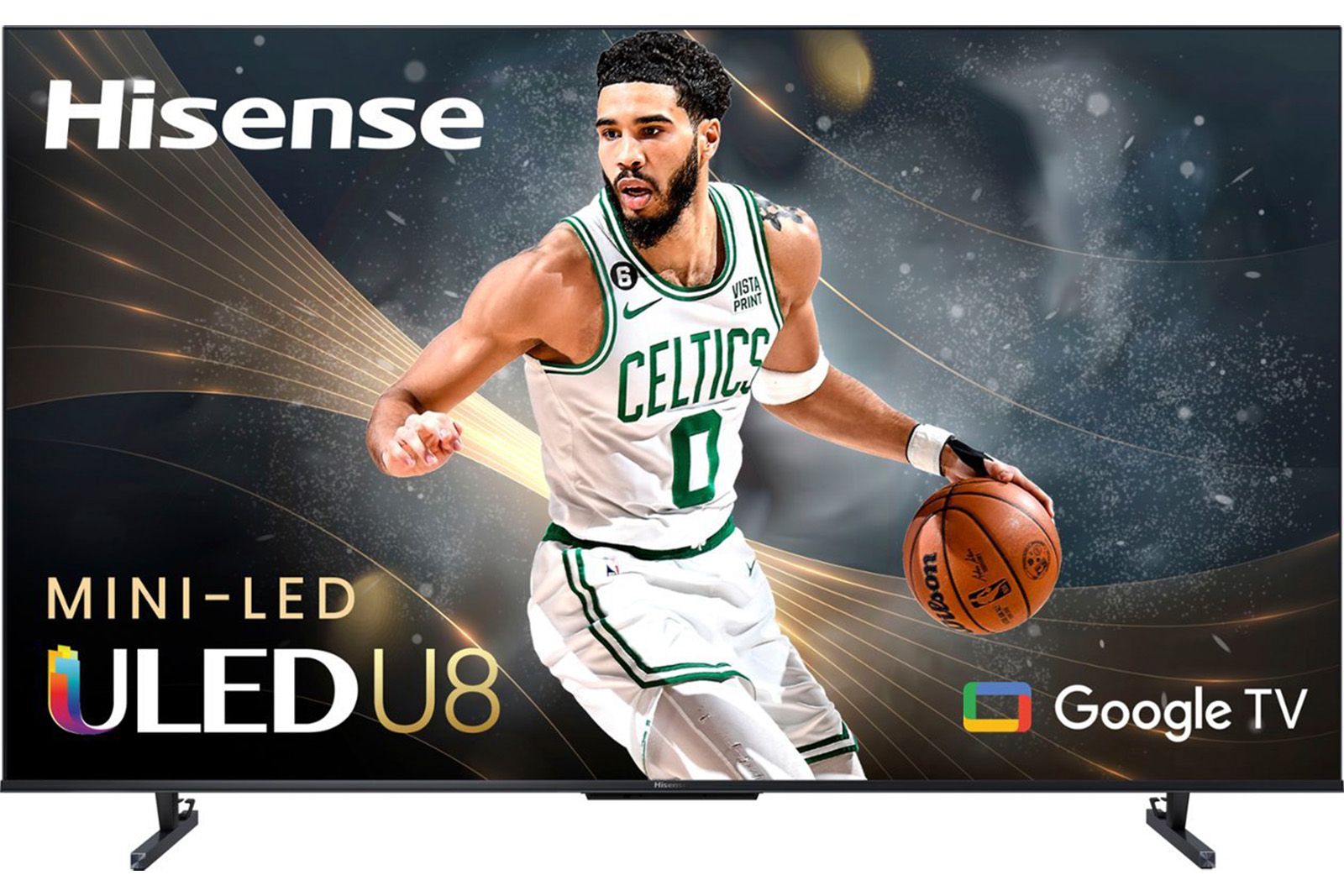
Hisense U8K
Most of the perks without all of the cost
The Hisense U8K is an excellent mid-range mini-LED TV for folks who want most of the benefits without the super high price tag. This TV meets its competitors in many areas, and is definitely worth a look against similarly-priced regular LED TVs.
- Performs better than similarly-priced regular LED TVs
- Often goes for less than $1,000 when on sale
- Punches above its weight class in terms of features and performance
- TV software has some bugs
- Pixel response times and HDR color not as good as competitors
The Hisense U8K is a perfectly reasonable TV for its price tag. It costs thousands less than the top dogs from Samsung and Sony, and it's nearly just as good. The TV has what you would expect in a mini-LED, including great picture quality, colors, brightness, and contrast ratio. For gaming, it has everything you need for modern consoles, including HDMI 2.1, VRR support, and low input lag. In short, it'll get you there for less than other competitors.
However, Hisense cut some corners to keep its price down. We want to mention that in our research we saw that RTings noticed some peculiar pixel response times in their review, and some things, like HDR color, simply didn't test as well as more expensive TVs. That said, the difference isn't so great that the extra few thousand dollars to get a higher-quality TV set is entirely worth it. This is the king of mid-range mini-LED TVs, no doubt about it.
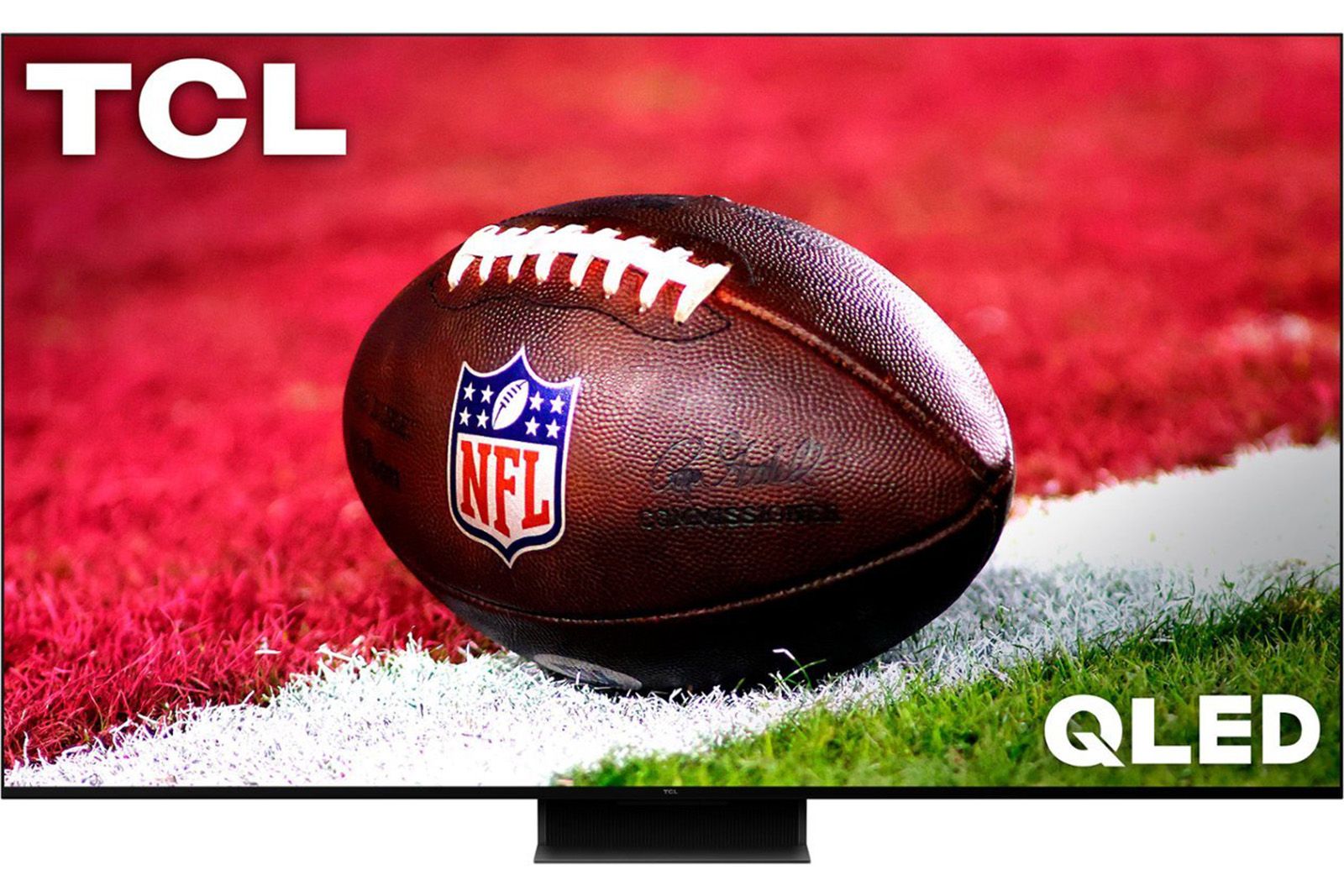
TCL QM8 QLED TV
It does it all at a lower price than competitors
The TCL QM8 competes with the Hisense U8 as the best mid-range mini-LED TV. It has a great picture and features and is compatible with today's game consoles.
- Excellent picture quality, including contrast and color
- HDMI 2.1, VRR support, and low input lag make it great for gaming
- Surprisingly excellent HDR brightness
- Hisense has better upscaling
- Only two HDMI 2.1 ports
The TCL QM8 is the other superb mid-range mini-LED TV available to shoppers. It's virtually just as good as the Hisense U8, although we gave Hisense some extra credit for being better at upscaling lower-resolution content. You get everything you need here, including great contrast, color, brightness, and HDR support. The two HDMI 2.1 ports in the back are compatible with the Xbox Series X and the PlayStation 5.
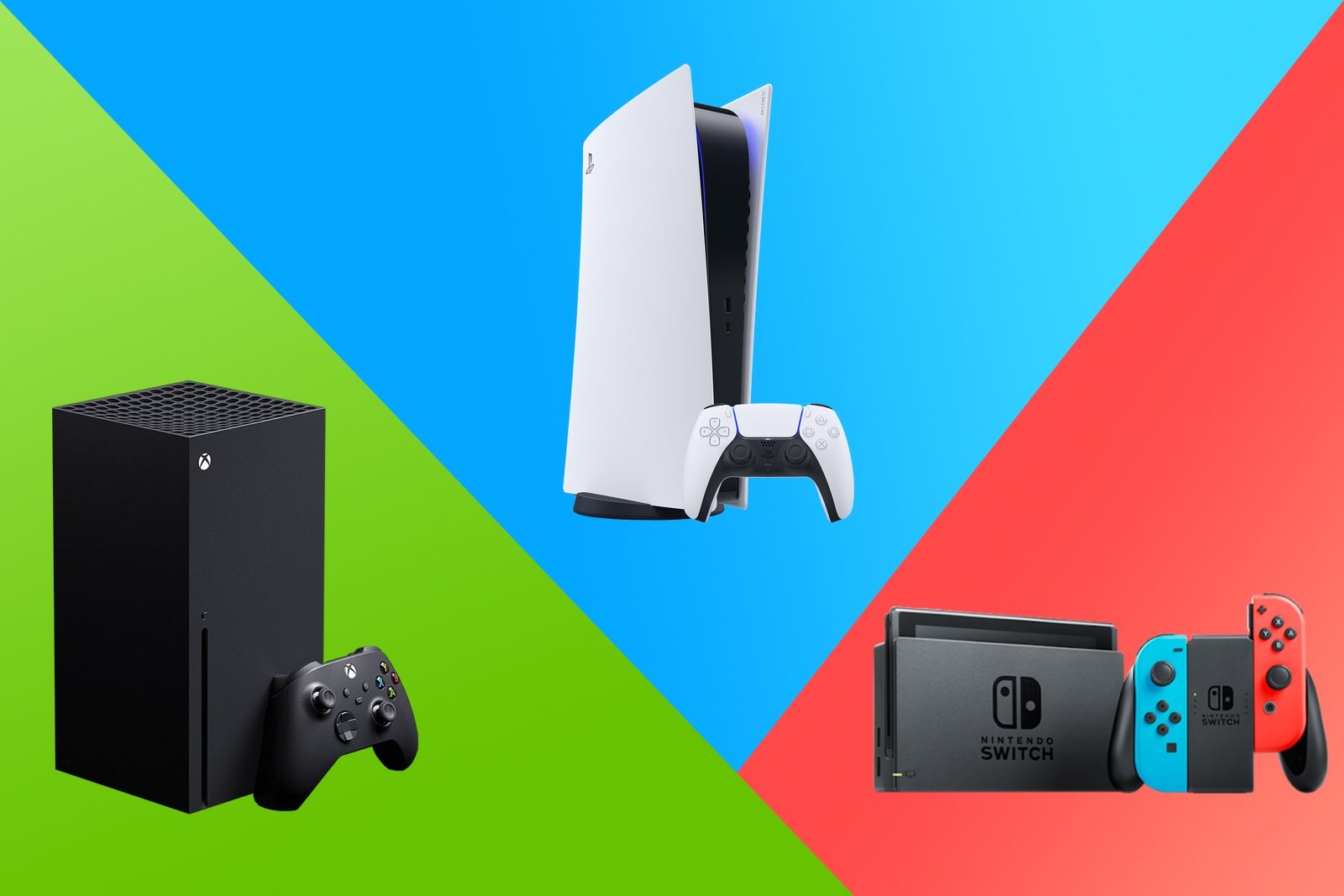
Best games console: Should you get an Xbox, PlayStation or Nintendo Switch?
There are some big hitters out there, so which console is right for you?The upscaling is just average, which, compared to the other TVs above on the list, means that you'll want to avoid watching low-resolution content all the time. Luckily, that's not a difficult task in 2023. We also would've liked to have seen four HDMI 2.1 ports on a TV that runs for over $1,000 when it's not on sale. Hisense commits the same crime, though, and it seems to be something mid-range TVs do.
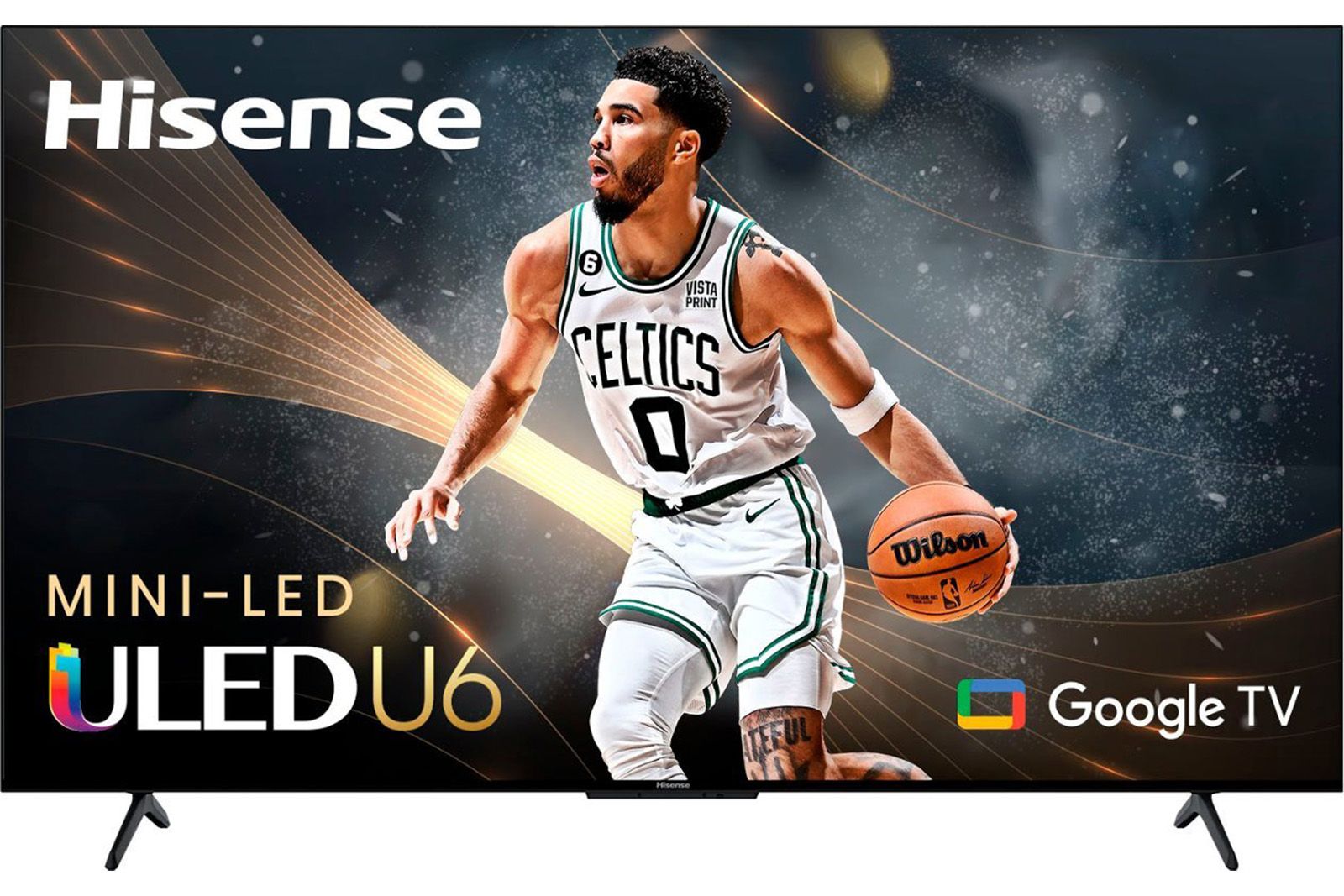
Hisense U6 Series Mini-LED QLED TV
Modern tech at under $500 (most of the time)
The Hisense U6 Series mini-LED TV is the best way to add modern tech to your living room without spending a fortune. There are others, but this one is better.
- Decent picture quality, contrast, and brightness for its price
- Has some gaming features like VRR and ALLM
- Doesn't empty your bank account
- Lighting zone transitions are less smooth than more expensive TVs
- Some other corners were cut for the sake of price
The Hisense Class U6 Series is about as good as it gets for under $500. It's fairly obvious that Hisense cut some corners here to lower the price while still giving folks new TV tech a low price. However, it still performs better than the vast majority of other TVs under $500, so we think it's still a good bargain.
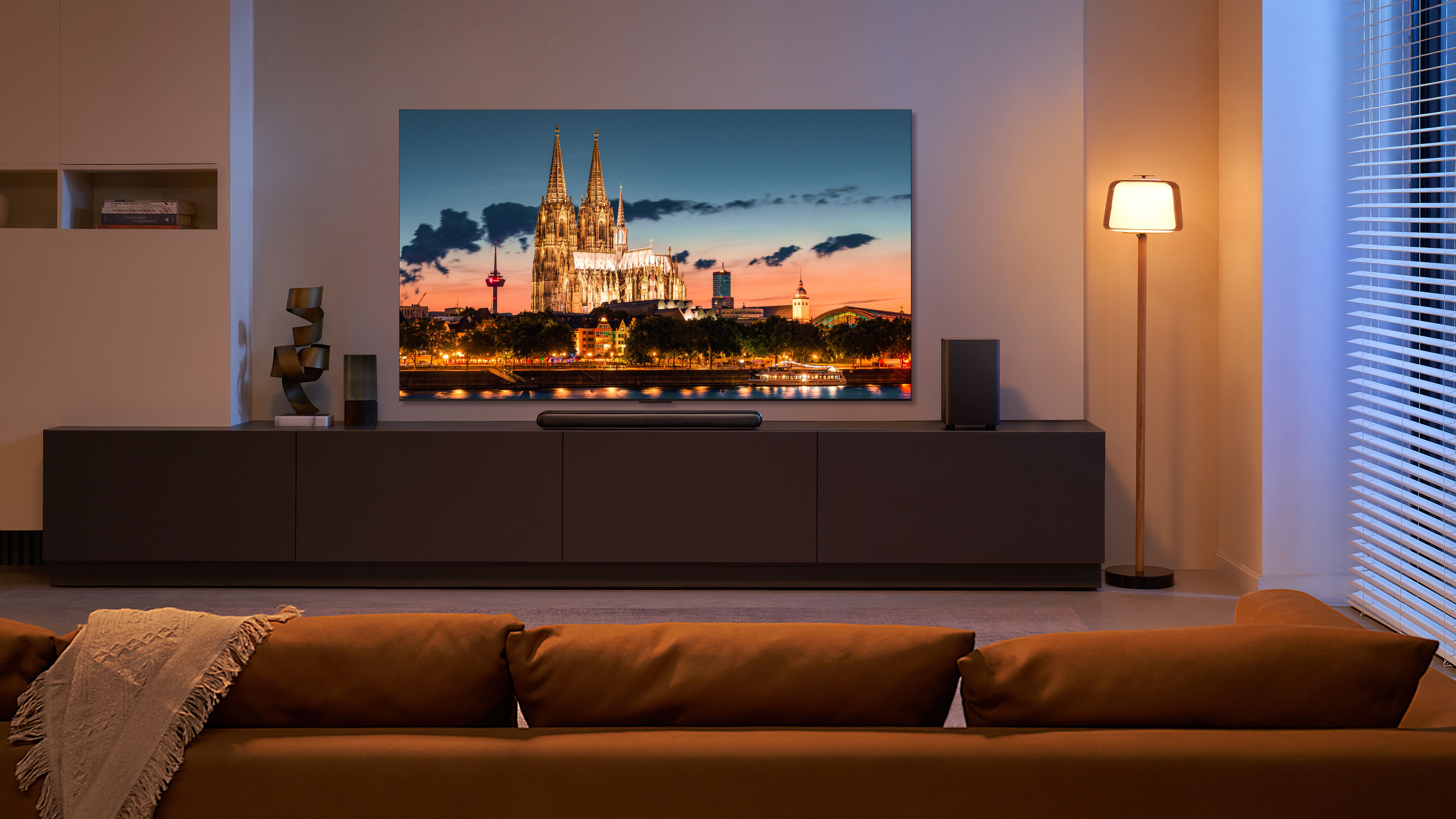
Best TVs under $500: Cinema-like experience without the steep price tag
The best TVs under $500 have smart TV capabilities, high-end features like curved screens, and AI powered software.It has good color, brightness, and contrast for its price tag. However, it upscales things worse than the TVs above, and it only has a 60Hz native refresh rate, which means its VRR is less effective than that of more expensive TVs. It doesn't support all the new features on modern game consoles, but at this price, nothing does, so you take what you can get. It's a great TV for its price tag, though.
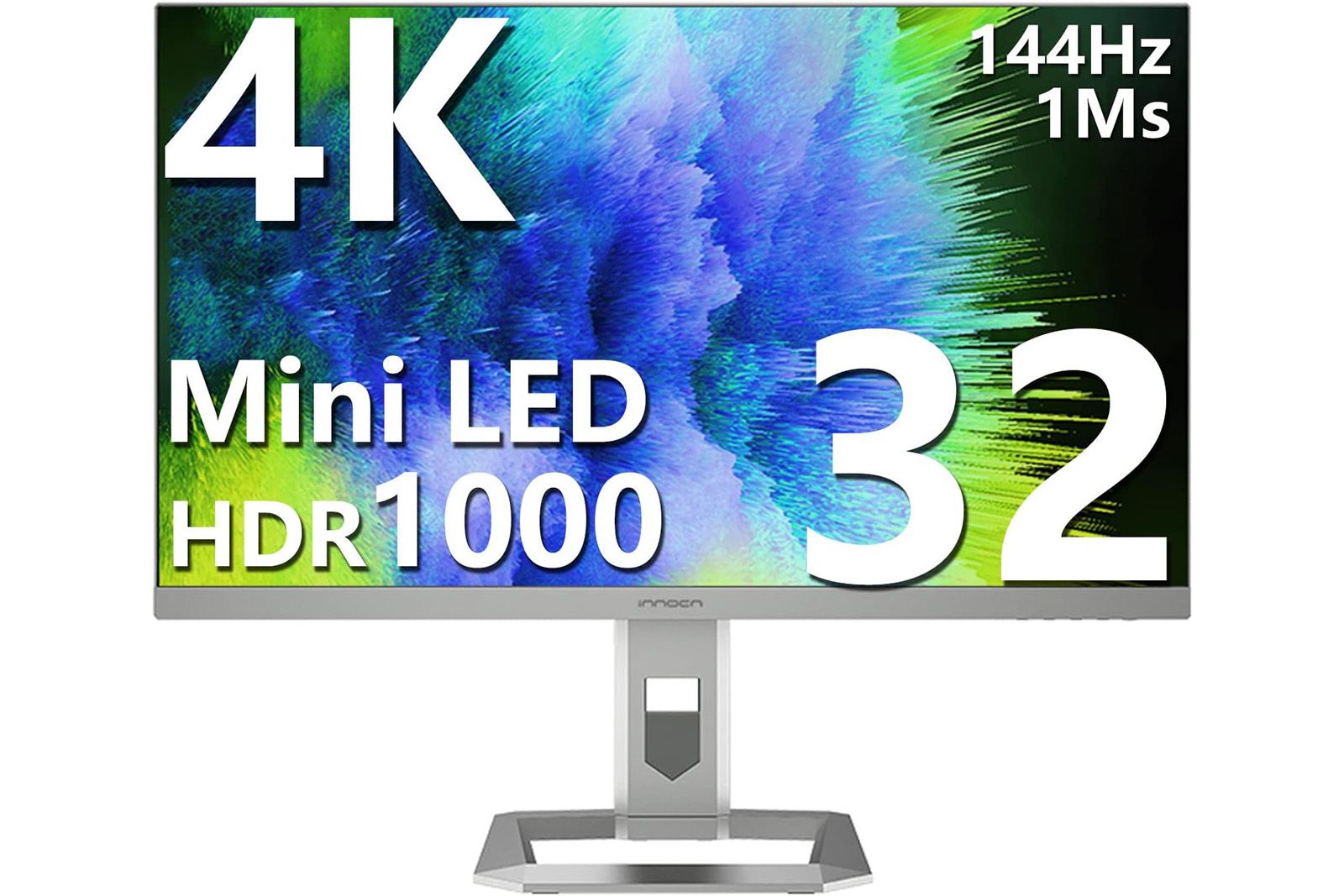
Innocn 32M2V
The best option for PC and TV hybrid setups
The Innocn 32M2V is a high-end mini-LED computer monitor that includes modern TV features like HDMI 2.1 and more.
- Has great picture quality and specs for all sorts of uses
- HDMI 2.1 and VRR support means it works with modern game consoles
- Smaller than a TV, but large for a monitor
- More expensive than many mini-LED TVs
- Smaller than many mini-LED TVs
If you're looking to merge your entertainment setup with your PC, then the Innocn 32M2V is a great choice. It works great as a computer monitor with good pixel response times along with high enough brightness for legitimate HDR use, unlike many PC monitors. It also comes with two HDMI 2.1 ports to plug in streaming boxes or game consoles.
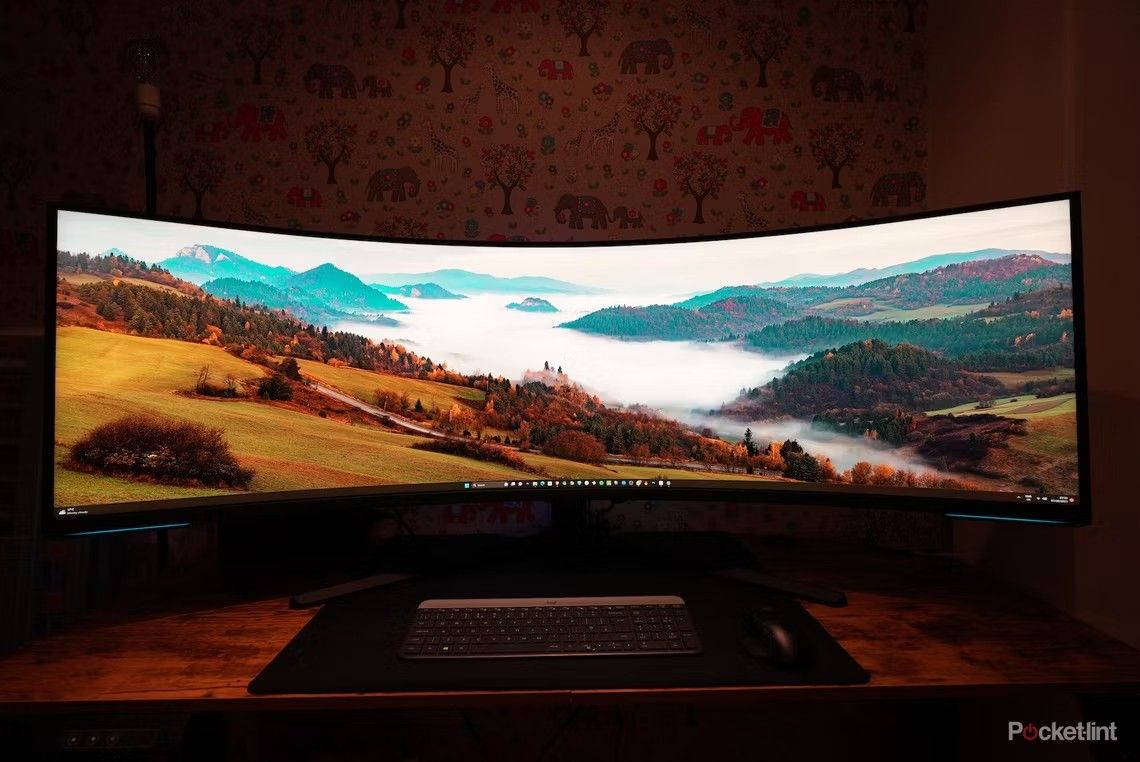
Best Samsung monitors: 8 quality displays for creatives, gamers, and professionals
Coming in various sizes with quick refresh rates and vibrant colors, these are the best Samsung monitors for work and play.It has a lower contrast than a mini-LED TV but better contrast than most IPS PC monitors. You also get excellent color in both standard and HDR content, along with exceptionally low input lag, perfect support for game consoles, and more. It's expensive compared to similarly priced mini-LEDs and smaller as well. However, this is mostly for desktop use, not for a living room entertainment setup.
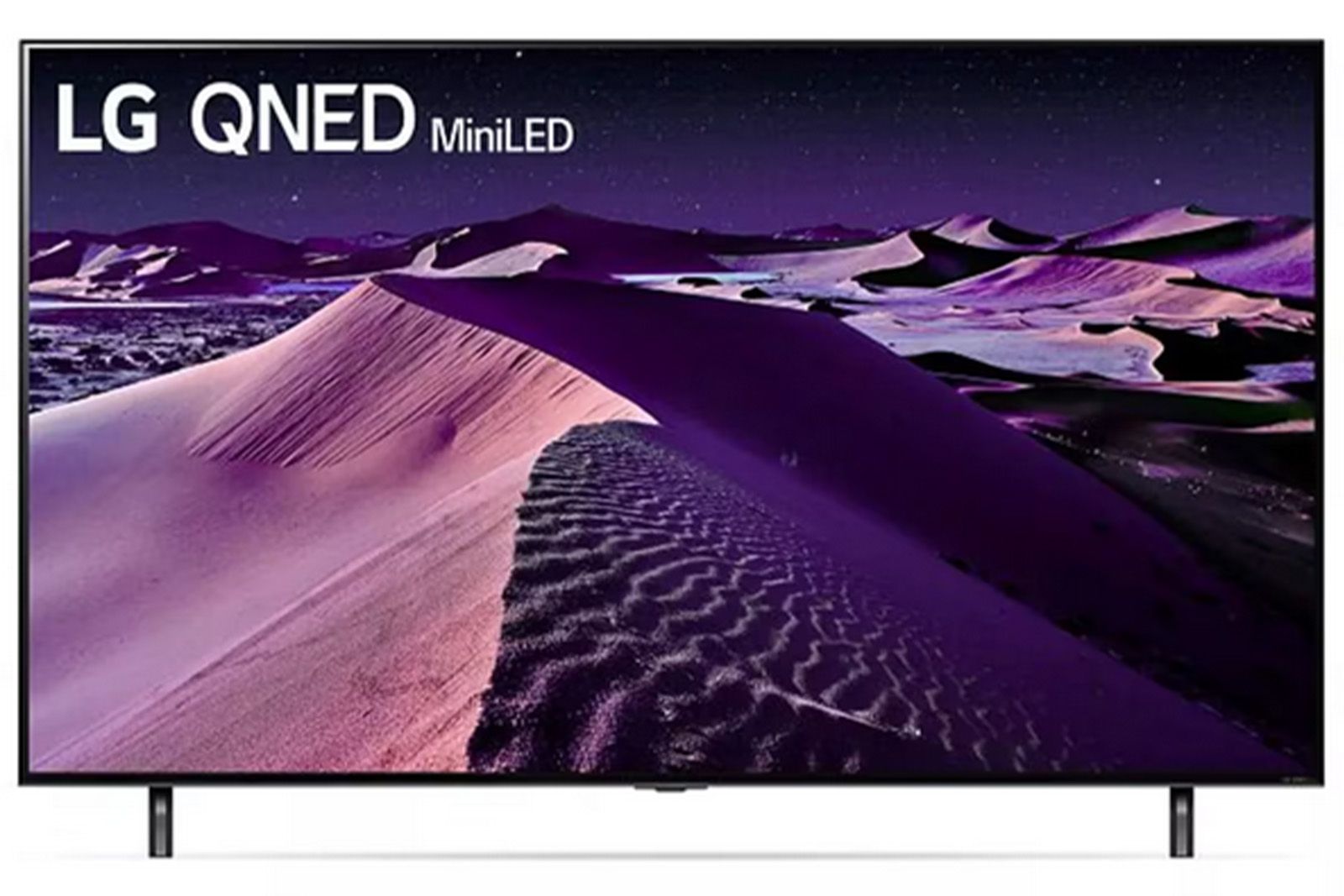
LG QNED85 Series 4K Smart TV
If you don't like the TCL or Hisense, take a look at this
LG gets plenty of attention for its OLED panels, but it also makes a reasonably good mid-range mini-LED TV as well. It stacks up nicely against the competition and is worthy of consideration.
- Better upscaling than TCL, lower input lag than Hisense
- While the picture quality is third place, it's still pretty good
- Perfect compatibility with modern game consoles
- The third-best mid-range mini-LED TV on the list
- Doesn't get as bright as other mid-range mini-LED TVs
LG's OLED TVs are consistently considered among the best in the business, but not many folks talk about LG's mini-LED TV. With its price tag and feature set, LG positions it squarely within the mid-range category. You get a lot of the same stuff you'd see in TCL and Hisense, including good picture quality, excellent gaming features, and a solid overall product. The other two TVs are better, but this is a worthy third-place contender.
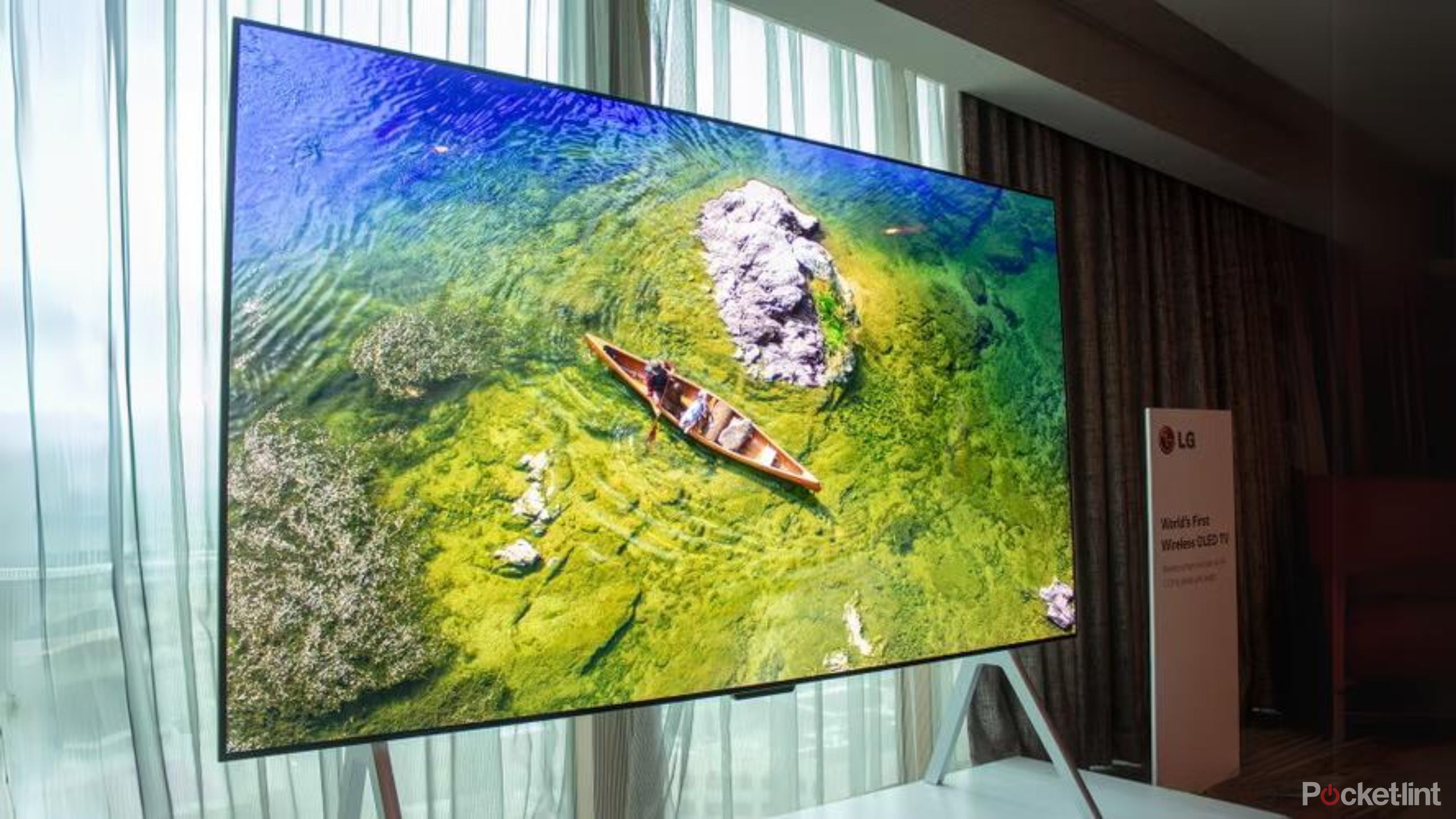
Best LG OLED TV: Top models for any budget
LG has a wide range of OLED TV models in a number of different sizes and price points, but which is the best? Here are our picks.The LG QNED85 falters a bit when it comes to brightness. It simply doesn't get as bright as its competitors, affecting how brightly colors are perceived. That's a bit of a bummer, considering its price tag. LG's mini-LED TV does everything else correctly, though, so it is worth a look if you're looking for a third option in the mid-range space.
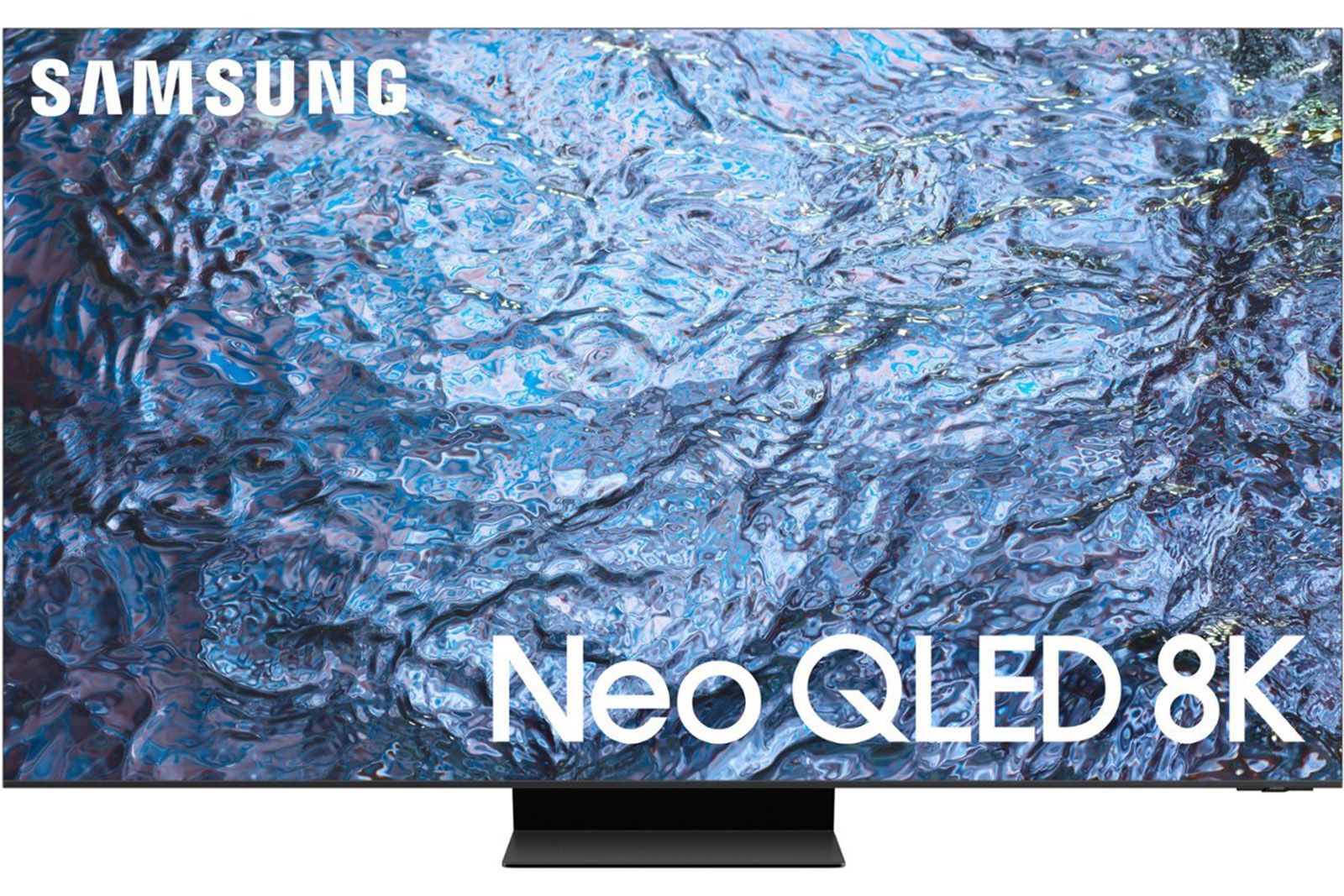
Samsung QN900C
8K in all its glory
The Samsung QN900C is the best 8K mini-LED TV you can buy. It'll cost you approximately one arm and one leg, but it's easily the best in its class.
- Great picture, contrast, and brightness, resulting in a top tier experience
- Perfect support for modern game consoles
- The best in a small bunch
- Laughably expensive
- There isn't a lot of 8K content in the world
The Samsung QN900C is an exercise in excess and there's virtually nothing wrong with the TV as it is. The picture quality, brightness, uniformity, and contrast are phenomenal. You get HDMI 2.1 and VRR support that perfectly supports modern game consoles.
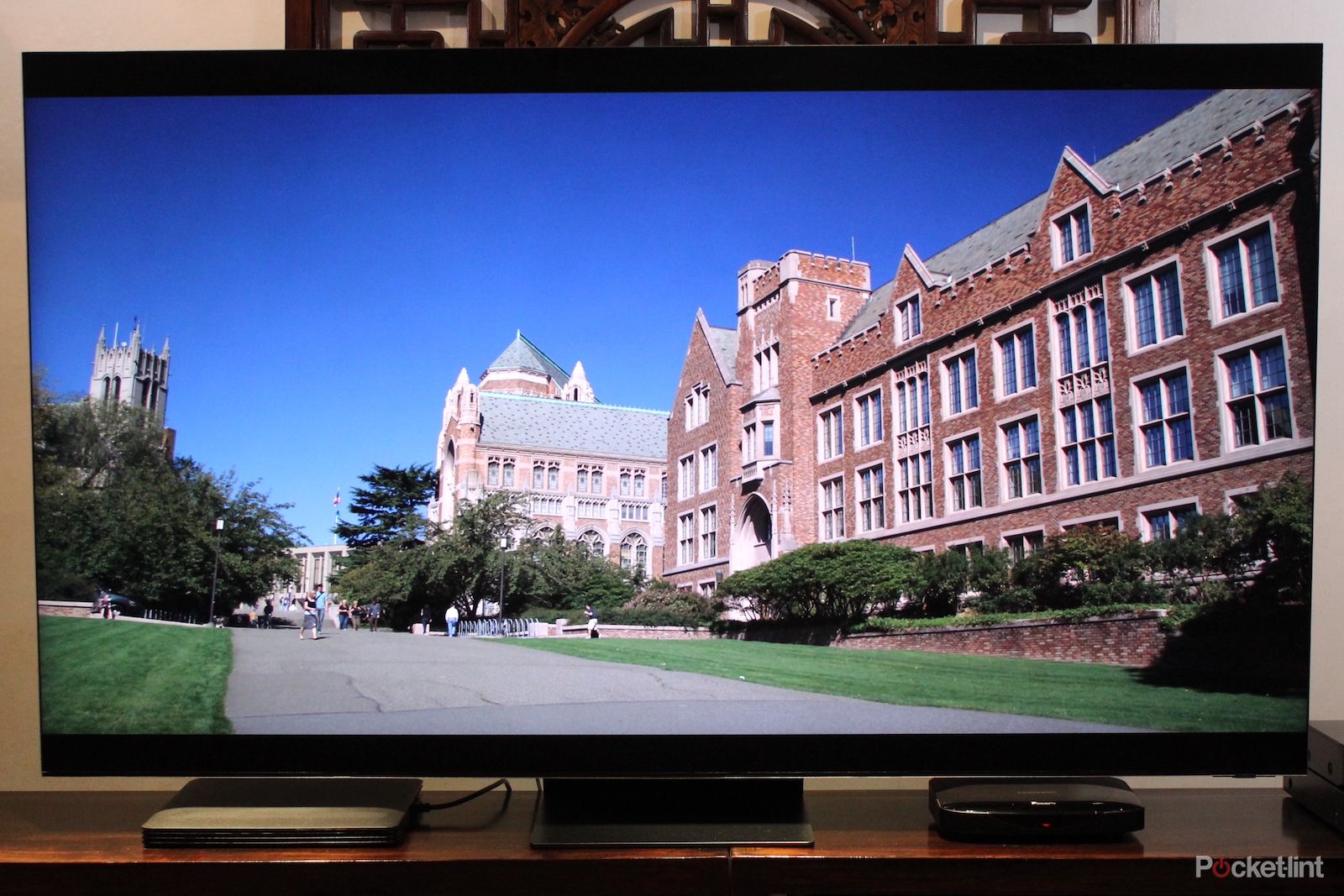
Samsung QN900C review: Peak 8K greatness
This flagship 8K TV delivers dazzling HDR thanks to peerless processing and a supremely bright Mini LED backlightIt's simply the best 8K TV that money can buy. There isn't much else to say when it comes to singing TV's praises. The problem is twofold. There is virtually no 8K content in the world. Unless you like watching the occasional tech video or 8K HDR demo video on YouTube, you simply can't find much content supporting resolutions this high.
That means the TV is eternally upscaling. It does this well, but it's excessive. Speaking of it, the TV also costs double that of any other TV on the list. It's the best in its category, but the category isn't exactly necessary yet. If you prefer to future-proof your TV purchase, there's an argument for buying it now, but that won't be a huge motivation for most buyers.
The bottom line: What are the best mini-LED TVs?
Fortunately, this is pretty easy. If you want the top tier and are going 65 inches and over, the Sony XR X93L has the best combination of features and picture quality. If you're going 55 inches and under, the Samsung QN90C is your best option. For mid-range, the Hisense U8K stands just above the rest of the playing field, but the TCL QM8 is also worthy of consideration. The Hisense U6 gets you mini-LED goodness at under $500.
For those who want to think outside the box, you have the Innocn 32M2V mini-LED monitor, LG's mini-LED TV option, and Samsung's absurd 8K QN900C to look at. You really can't go wrong with anything on the list. It really just depends on your use case and budget.
How did we choose these TVs?
Fortunately for us, the smaller number of available mini-LED TVs helped out a lot. There are only about a half-dozen or so sets that we don't mention on this list. Given that they're a step up from LED TVs in general, mini-LED options tend to be among the more premium TV sets that a manufacturer offers, so short of a severe botch of execution, there really aren't many bad mini-LED TVs.
That said, we did review a few of these, so we do have some experience with them. The list was also passed around through multiple editors to double-check everything. We also checked RTings reviews to make sure we didn't miss anything notable.
What is the difference between LED and mini-LED TVs?
Mostly, it's just how many LEDs are in the TV set. For example, the Sony X90L has 88 dimming zones across its panel. The Sony X93L, a mini-LED TV, has 420. It's not terribly complicated. There are more LEDs in a mini-LED TV than in a comparably sized regular LED TV, and the mini-LEDs are also smaller.
The result usually displays a better contrast. By having more dimming zones, the TV can dim more parts of the screen without overlap, allowing for deeper blacks in darker scenes. It doesn't hold a candle to OLED panels, but it's a lot closer than traditional LED or older FALD TVs.
Is mini-LED better than OLED?
In terms of sheer performance, no. However, there are some trade-offs. OLED TVs have nearly perfect contrast with excellent consistency but don't generally, get as bright as LED TVs. OLEDs also have better pixel response times, but that also often results in stutter on some types of content.
Additionally, mini-LED TVs don't suffer from potential burn-in risk like OLEDs do. In terms of features, picture quality, and other metrics, they are similar, although OLED decisively wins in some spots, like pixel response times, over LED TVs. OLEDs are still better, but it's not some massive gap, either.
What are the disadvantages of mini-LED TVs?
There aren't many, but there are a few. At its core, it is an LED TV, which means it has some of the same setbacks. If you turn off local dimming, the contrast will universally become mediocre, like all LED TVs. Such TVs also tend to have fewer ideal viewing angles and still use about as much electricity as a normal LED TV.
The only other potential drawback is what are called local dimming transitions. Earlier, we talked about the Sony X93L having 420 dimming zones. Well, if a fast-moving object moves through a lot of those dimming zones, you may notice it happening. This is more common on mid-range and budget mini-LED TVs with fewer dimming zones, and it's one of those things where you can't unsee it once you see it.
That shouldn't dissuade you from buying one, though. It is a good bridge technology that performs much better than traditional LED TVs the vast majority of the time. It is a serious upgrade; it's just not a perfect solution.
